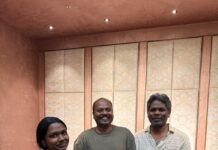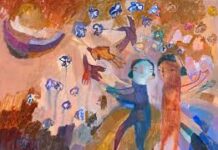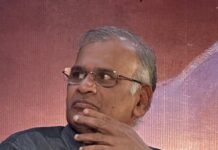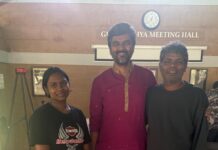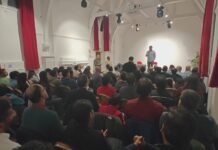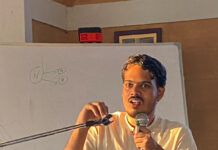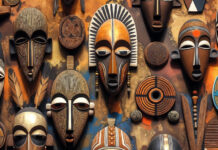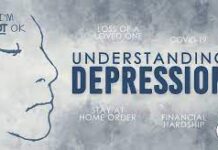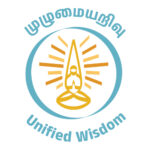
Whenever I talk about Nitya Chaitanya Yati or Vedanta there arise immediate counter statements. ‘If you pursue Vedanta it will make you disinterested in everything and everything becomes meaningless… You won’t feel like doing anything… It was Vedanta that made India stagnate.’ I have read these even in the books of so called intellectuals.
We need not go into what Vedanta says. Because, you cannot discuss with someone who has not learnt Vedanta. We will just look at history.
In India, Hindu Renaissance started in the 18th century. Ritualism, superstitions, historic aspects that were inhuman were severely condemned and Hindu Religion as a whole was revamped. This was done by social reformers, almost all of whom were from the tradition of Vedanta-Advaita. Thousands of ascetics visited village after village to eradicate untouchability, promote women’s education and for reclamation of fundamental human rights. They dedicated their entire life for this.
Vedantins like Raja Rammohan Roy, Ramakrishna Paramahamsa, Narayana Guru, Vivekananda… the list goes on… were the heroes of Hindu Renaissance. Of the ideologies, Advaita played the major role in removing the woes that crippled the society, thereby making it a modern one. Many of the educational services are those rendered by Advaitic institutions. Ramakrishna Mutt and hundreds of its subsidiaries had done large-scale relief works during famines. Scores of Vedantic monks have lost their lives in rendering relief works during famines and pandemics.
Detailed historic accounts have been written about the Indian national renaissance movement which was initiated by many HIndu Renaissance leaders including Vivekananda. Many of the premier leaders of the Indian National Movement were Advaitic ideologists and thousands of those participated in the Indian National Movement were ascetics from Advaitic institutions.
Even post-independence, it is institutions having an advaitic ideology that render educational services. They are the ones that take Yoga, Dhyana and the like to the international level. They have branched into hundreds of establishments and still are doing great service.
Let us go back in history. Since the 13th century CE the social setup of India was completely demolished by foreign invasions putting an end to the rule of Indian dynasties. When the Hindu religion, Indian art forms and Indian literature were left in the lurch and were on the verge of extinction, it was vedantin-advaitin seers like Vidhyaranya who safeguarded them. Vidyaranya built the Vijayanagara Empire as a force against (foreign) invasions. All the temples that we have in South India were built by the kings of Vijayanagara. Arts and literature flourished in the South for three centuries.
Six divisions of Hindu religion were consolidated by the advaitic vedantin Vidyaranya and a common worship tradition called ‘smartha’ was established. Such a thing was possible only with vedanta. Because, advaita is the fundamental philosophical centre for all the religions of hindu tradition. From the 14th century, fighting against the negative environment that prevailed in North India, mutts belonging to various divisions were able to sustain. With the help of Marathas, Puri Sankara Mutt protected the Hindu religious tradition in Odisha and Bengal.
Let us look further down. In the 9th century CE Sankara, before he was 32, roamed throughout India on foot, and philosophically unified the six branches of hindu religion. He wrote many philosophical texts. He was victorious in many philosophical debates against the Buddhists.
Now, you decide, who were all made inactive by vedanta or advaita? Is there anyone in the history of India, who was as active as the vedantins?
Jeyamohan
Translated by Srinivasan

